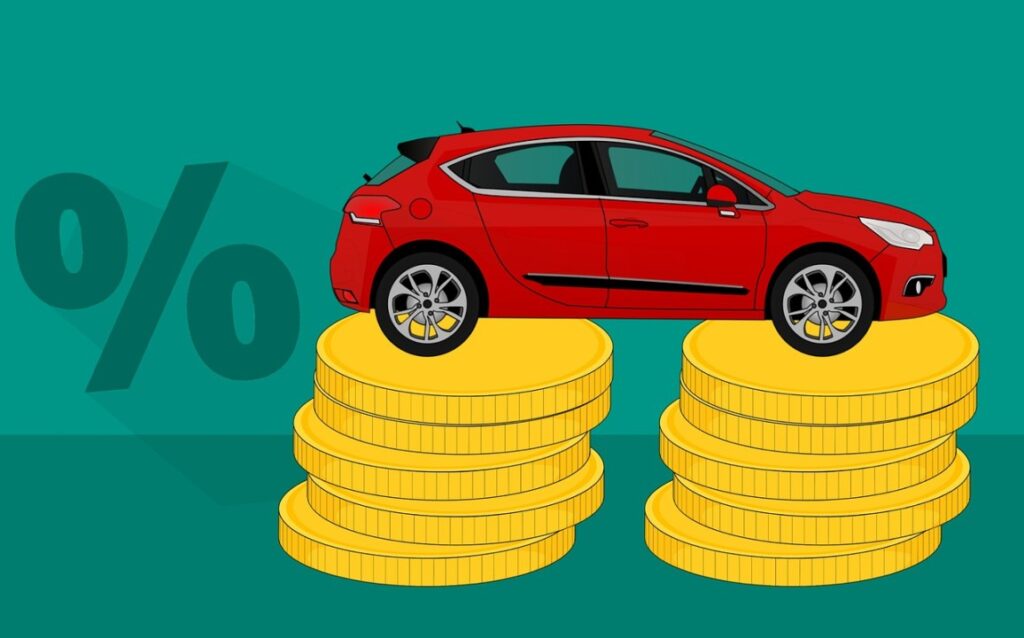Are We Price Gouging?
It wasn’t that long ago when selling a new vehicle would yield a $200 commission. Fast forward to today and the average salesperson is earning $1000+ per new unit. There are salespeople who were born during the COVID years who don’t understand the true car-selling experience. They think this is the norm. While our more seasoned agents watch and wait, the question every decision-maker should be asking themselves is: How long can we sustain pricing at this level?
Now, I’m all for the dealerships keeping profits. I did a recent podcast with “The Alpha Dawg” Jim Ziegler is recently where he bestowed upon me a valuable lesson–” Don’t be embarrassed by the profits you make.” Yet… At some point, we have to come to the realization that last year’s market is exactly that—last year’s. Yes, supply and demand are dictating pricing. Yes, shortages have put dealers in a unique situation. Yes, we are trying to balance finding inventory while still enjoying profits. But, in the words of Jim Ziegler, we have to be careful that we are selling cars and not performing bad weddings. A lifetime commitment between ourselves and our customers is an ideal situation, yet as we again prepare for a shift in the market, we need to be asking ourselves: Am I entering a relationship with consequences for which I am not prepared for? When the customer returns in 3 years can we remedy the situation we created?
From a marketing standpoint, I have been wrestling with all of this. On one hand, I can’t think of a better marketing message right now than:
“We price our vehicles right! No market adjustment”
“We don’t sell above sticker.”
I know a particular dealer, in Salt Lake City, that has opted out of a market adjustment and is now boasting of hundreds of deposits lined up. They have gained such a reputation for not ‘selling above sticker’ that other dealers are hearing about it from customers. I’m sure you have dealerships you know of that are doing the same thing. The reality is, that this calculated risk has solidified the reputation of these dealers and earned them innumerable long-term customers. The public won’t forget who sold for $10,000 above MSRP and who didn’t. On the other hand, I understand this is a simple case of supply and demand 101 you have a limited number of vehicles and you can only sell that vehicle to one customer. You better make sure you get as much as you can from that deal.
Let’s take a moment to remember the industry pre-Covid. Selling a vehicle at MSRP was a WIN! So why is it so difficult to do now?
Furthermore, we must consider that as automotive prices increase so does the length of vehicle ownership. Our current pricing strategies and extended-term lengths are pushing sales further down the pipeline. According to Cox Automotive, consumers are keeping their vehicles for an average of 12 years; our near future is almost certain to have fewer customers and longer replacement cycles.
I sympathize with the dealer community. It is a tough position to be in. Inventory needs to be priced appropriately. My concern is as these lessons in economics drag out, we are becoming accustomed to those $ 1,000 commission checks. It’s not easy to accept that these lucrative years will not last forever. Things will change and by keeping our pricing inflated we are causing more harm than good. I predict that we are going to see a lot of dealers trying to maintain the grosses of the last two years for as long as possible. Which will almost certainly slow down their average days to sell.
Hey, look, it’s been a phenomenal run. There’s no denying it, but eventually, customers are going to start ‘voting.’ We will continue to see digital activity at an all-time high but the conversions will become less and less. If you notice this at your dealer—a spike in online activity and a rise in aging units—your picture is painted. I can almost certainly guarantee that, regardless of brand or manager strategy, pricing is a factor. You need to adjust. Remember used vehicles are like melting ice. Don’t get into a position where you end up with water. Thus far, used car prices have dropped .9% in 2022. Although we saw a slight bounce back in January 2022 from December 2021, we still had a decrease year over year from January 2021—a peak month for pandemic sales. This January was below last year’s record high.
Then, to top it all off, with the unfortunate global events of the last few weeks we are seeing a threat to oil pricing, consumer confidence, and supply chains. All of this means we continue to live in uncertain times. We need to be very careful not just with how we are acquiring but how we are pricing. As of right now, while we are writing this article the reality is there is still a LOT of cash up for grabs.
In an article by Sam DiSalvo, 84% of Americans anticipate a refund this year and 56% of them anticipate it being above $1000. So, despite all of the uncertainty, it looks like disposable income is going to be a recurring theme for 2022, and that creates the opportunity for dealers to sell move more units. It is time to look at what we are doing. We need to slow down, evaluate, and take things one vehicle at a time. If we do not move forward with caution and conscious intent, we are taking risks that could be avoided.
Here is a quick test:
Hopefully, you have an aged inventory strategy for search and social media marketing. Look at your metrics right now. If you are like most dealers, that I have looked at in the past couple of weeks, your activity on aged units is higher than it has been in the last 90 days—by at least 60%–if your merchandising, photos, and descriptions are where they should be and these vehicles are still not moving off your lot then I strongly suggest looking at readjusting your pricing. Take a moment to ask yourself: “Is it better to take a hit now and make valuable real estate space available on my lot or am I falling prey to the temporary comfort of the last two years?
Herb Anderson / Charity Ann




